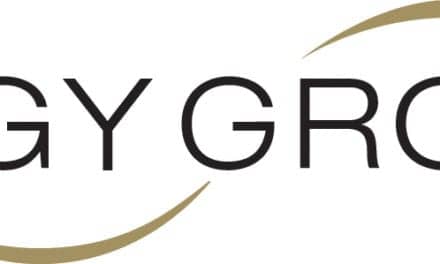With high-speed Internet, a laptop with Webcam, or a videophone device, videophone communication has become a desirable communication option for people who use sign language to communicate instead of the traditional text telephone, says a statement from Deaf411, New York City.
With an estimated 100,000 to 200,000 videophone units in use by sign-language users, and widespread availability of laptops with built-in Webcams, videophones are used to communicate directly with other people in sign language, and to communicate with hearing people through the use of a video relay service where a video interpreter translates from sign to spoken language, according to the statement.
However, communicating and seeing each other on video may present unforseen considerations: for example, a videophone user sitting in front of a brightly sunlit window can make it difficult for the other videophone user to see the person on video. The report outlines key areas that should be considered to maximize successful videophone conversations, says the statement.
The report is produced by Deaf411, a marketing and public relations company, and sponsored by LifeLinks, New York City, a video relay service provider. The Deaf Living Solutions series reports on topics that deaf and hard-of-hearing individuals face in everyday living situations.
The video report and information about the Deaf Living Solutions series is available at www.deaf411online.com.
[Source: Deaf411]


